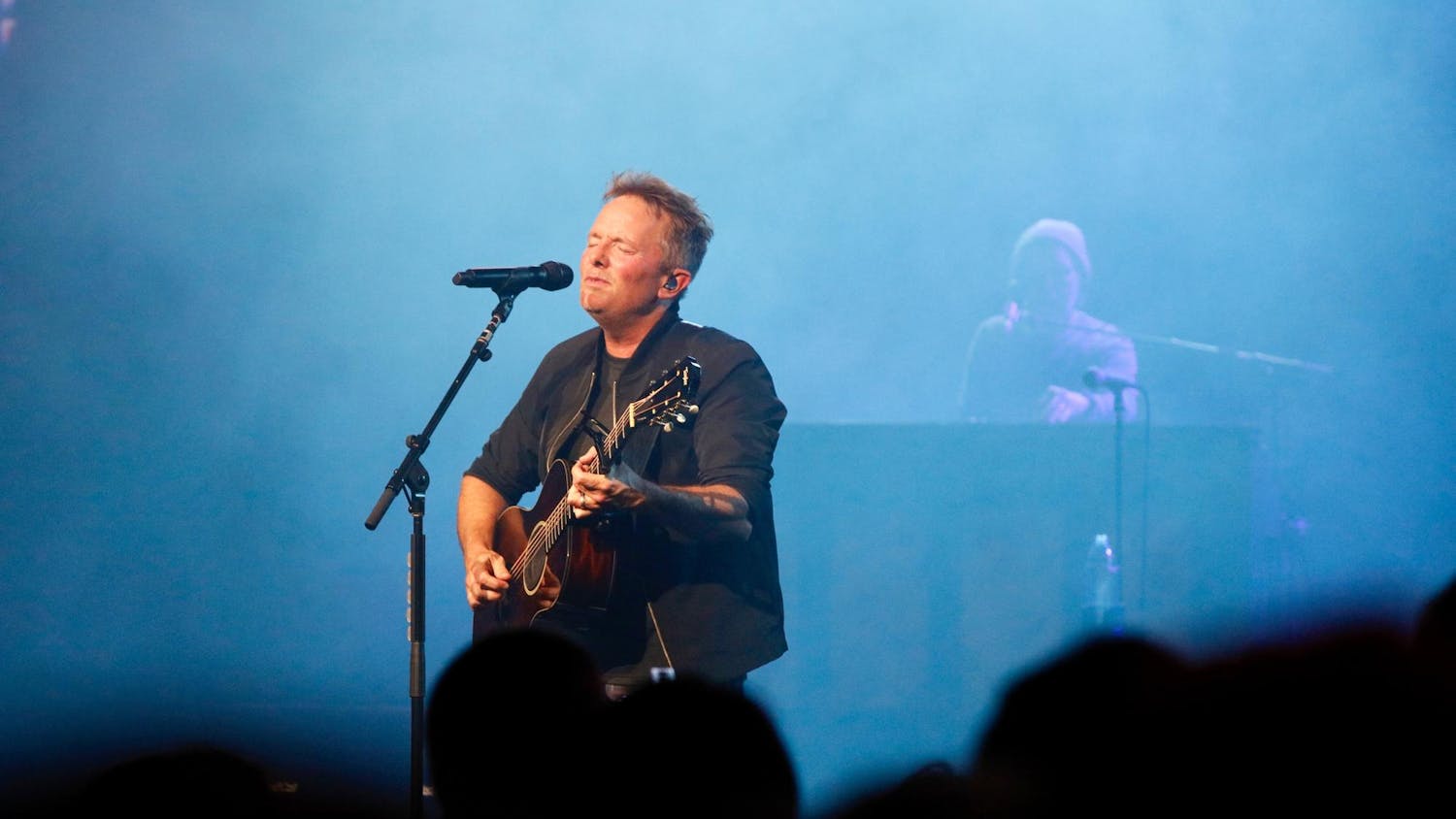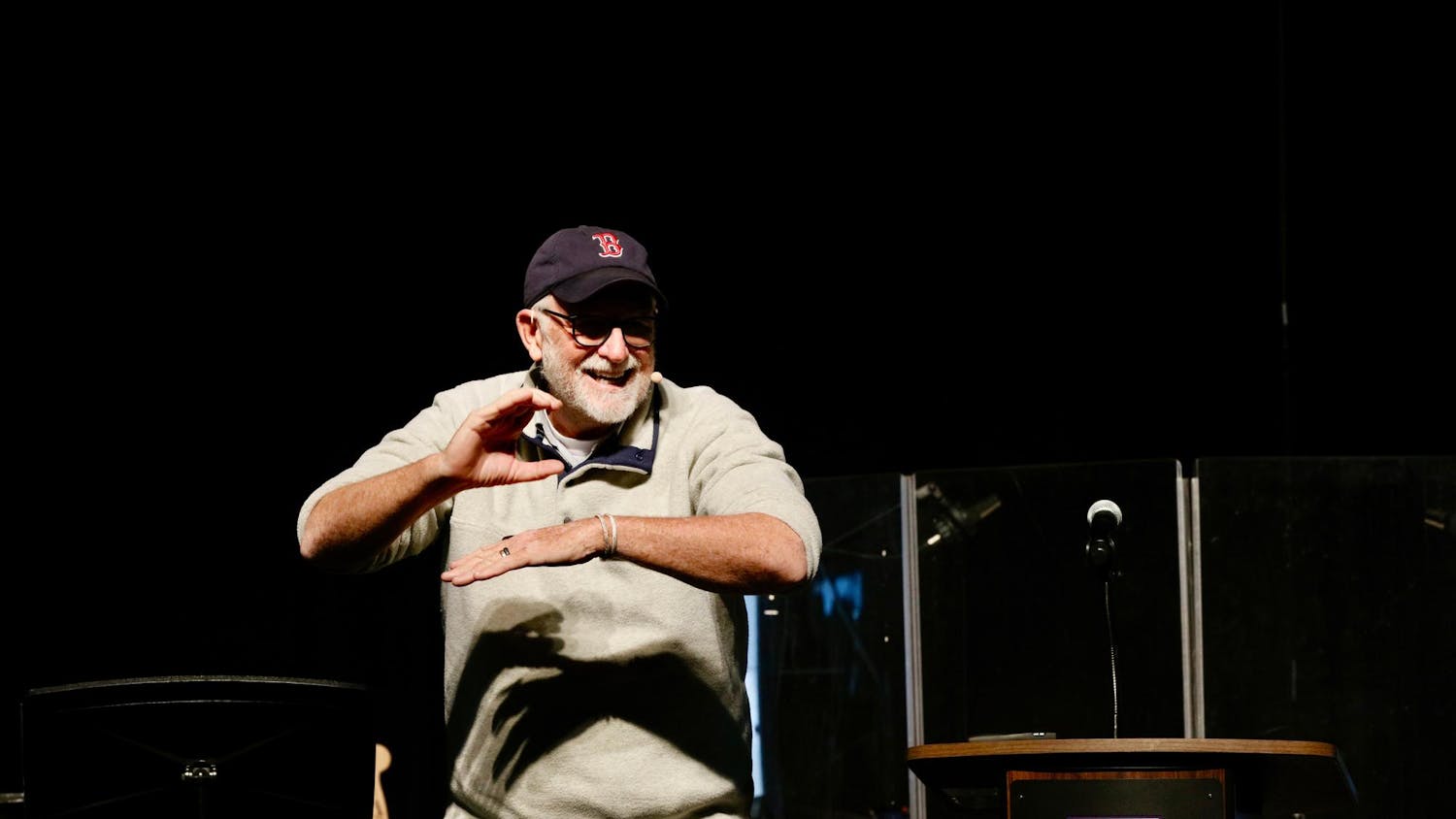By Katelyn S. Irons | Echo
Imagine, if you will, the year 2026. Perhaps there will be flying cars or a cure for cancer. Hopefully, most of those reading will have graduated by then.
What will Taylor University be like in 2026?
During the past year, an appointed group of faculty and staff have been creating a plan of Strategic Directions for Taylor University in 2026, called the Interim Report. Through research within the university community, they are attempting to formulate a relevant and meticulous vision to advance Taylor's mission.
The Interim Report states, "Together, let's keep Taylor, Taylor and make Taylor better-not for our sake, but for the sake of those whom we are called to serve."
President Gene Habecker appointed this 15-member Strategic Directions 2026 Steering Group in June 2013. In the past year, the group met 48 times with more than 1,000 people and polled more than 700 students online to determine and develop strategic directions. The group has also hosted three forums on campus with 10-20 students attending each.
"The feedback gathered through the forums and through other means will definitely help refine both the concepts and the language of the report before it goes to its final form," said Matt DeLong, math professor and co-coordinator of the steering group.
In the past year, the group has derived the foundation of the report to be "Keep Taylor, Taylor" and "Make Taylor better."
Six strategic directions and goals were developed from their research:
- Investing in students
- Investing in faculty
- Creating faculty-mentored student scholarship
- Implementing the foundational core curriculum
- Promoting global engagement and intercultural competency
- Encouraging vocational development
Along with improvement in student and faculty relations, Strategic Directions hopes that the foundational core, formerly known as general education requirements, will become more of a Taylor distinctive.
"The aspiration is for a distinctive core that is highly engaged, highly integrated and highly innovative," DeLong said. "There is still much work to be done by the Foundational Core Committee and the faculty as a whole to envision what this will look like."
In addition to these alternatives, the Steering Group wishes to see global engagement and intercultural competency as distinctives at Taylor. The Interim Report cites several organizations on campus that are already working towards this goal, such as Taylor World Outreach (TWO) and the Lighthouse program, but DeLong says more needs to be done.
"We are going to be better at delivering international, global competency for all students," said Skip Trudeau, vice president for Student Development and member of the Steering Group.
The Calling and Career Office sees most of Taylor's vocational development growth. But the Interim Report wants to go past providing this service to creating a deep sense of vocation in students through curricular and co-curricular experiences.
The Interim Report recognizes the strengths and weaknesses of Vision 2016. Some struggles of the 2016 time period were the economic downturn, the closing of the Fort Wayne campus and the maintenance of stable enrollment. The Interim Report points out that communications between faculty and staff suffered as a result of these problems.
"2026 is more broad and aspirational than Vision 2016," Trudeau said. The Interim Report has six targeted goals in comparison with Vision 2016's 60.
New threats face the university from now until 2026, including loss of direct or indirect governmental support.
After the Interim Report is fully reviewed, a preliminary final report will be published in January 2015, with the final report being presented to Habecker and the Board of Trustees in May 2015.




